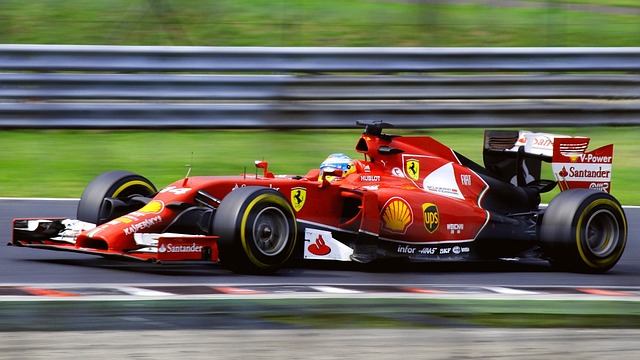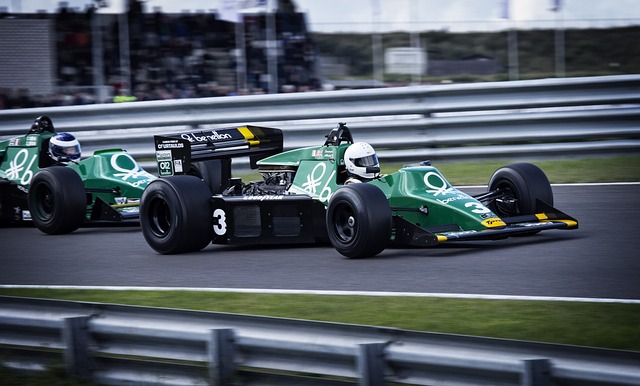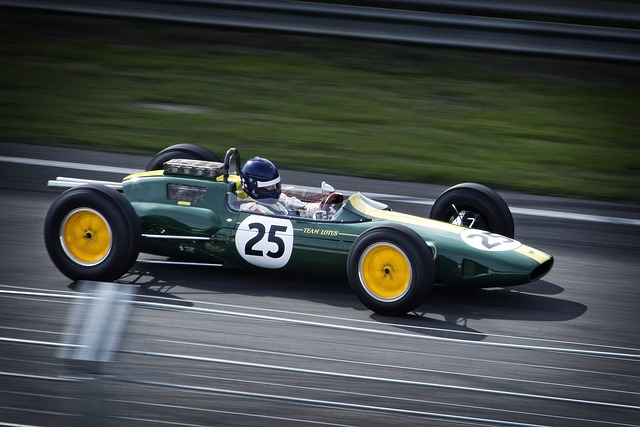The art world, with its lights and shadows, has always been fertile ground for betting. Like in a game of hidden cards, auction houses play on the value of masterpieces that oscillate between the known and the unexpected. If for many, the idea of placing a bet is linked to casinos or sports, for others the real thrill is betting on the next masterpiece that will shake up the market. It transports the adrenaline of gambling to living rooms around the world, so art auctions are also a minefield of emotions, strategies and well-studied calculations.
Auction Mysteries: Who Decides the Value of a Work?
Behind the scenes of every art auction is a world of experts, collectors and dealers. But who really decides the value of a work? In part, it is the auction houses themselves, which build expectations through carefully orchestrated marketing strategies. In 2013, Christie’s announced a historic sale of works by Francis Bacon and Jeff Koons. The result? An evening in which several records were broken, with Bacon’s “Three Studies of Lucian Freud” sold for 142.4 million dollars. An impressive figure, but not the result of chance: behind every blow of the hammer lies a calculated gamble, a risk taken by those who see beyond the obvious.
The New Collectors’ Gamble: Investing in Uncertainty

In the contemporary era, it is not only the big auction houses that bet on the value of art. Young and visionary collectors like Charles Saatchi have made risk their mantra. In the 1990s, Saatchi invested in emerging British artists like Damien Hirst and Tracey Emin, who were considered too controversial or even vulgar. His gamble paid off: Hirst became one of the most sought-after living artists, while Emin’s “scandalous” tent was sold for a record amount. A lesson in how intuition and courage can transform uncertainty into profit.
The future of betting in art: between blockchain and artificial intelligence
Today, with the advent of new technologies, betting on art is changing. Blockchain promises transparency in transactions, while artificial intelligence tries to predict market trends. But can technology really replace the expert eye of a collector or the instinct of a dealer? Maybe. Or maybe not. Perhaps, art will continue to escape the cold logic of algorithms, remaining a mysterious terrain where the real gambling is intuition, passion and, why not, a pinch of madness.
Conclusion: the eternal charm of betting on art

In the world of auctions, as in every great game, the thrill is not only in winning or losing, but in taking risks. Every offer is a leap into the dark, a challenge to the unknown. And perhaps, this is precisely the immortal charm of art: the idea that, ultimately, every painting, every sculpture, every photograph is a bet on time, on value, on history. Whether it’s betting online or a million-dollar offer at a New York auction, what really matters is the courage to bet and believe in something bigger.
